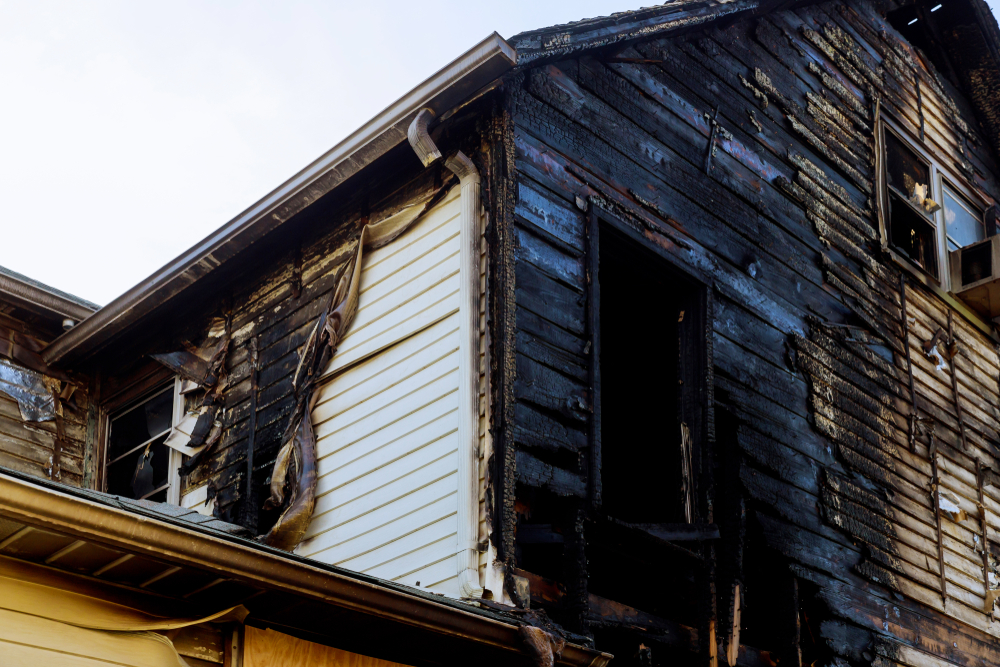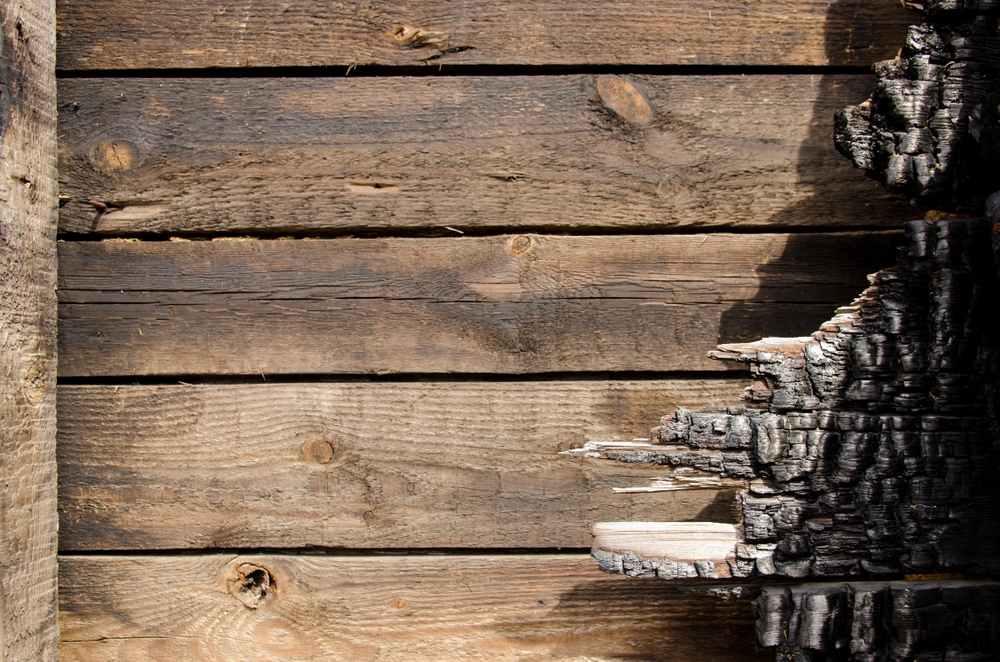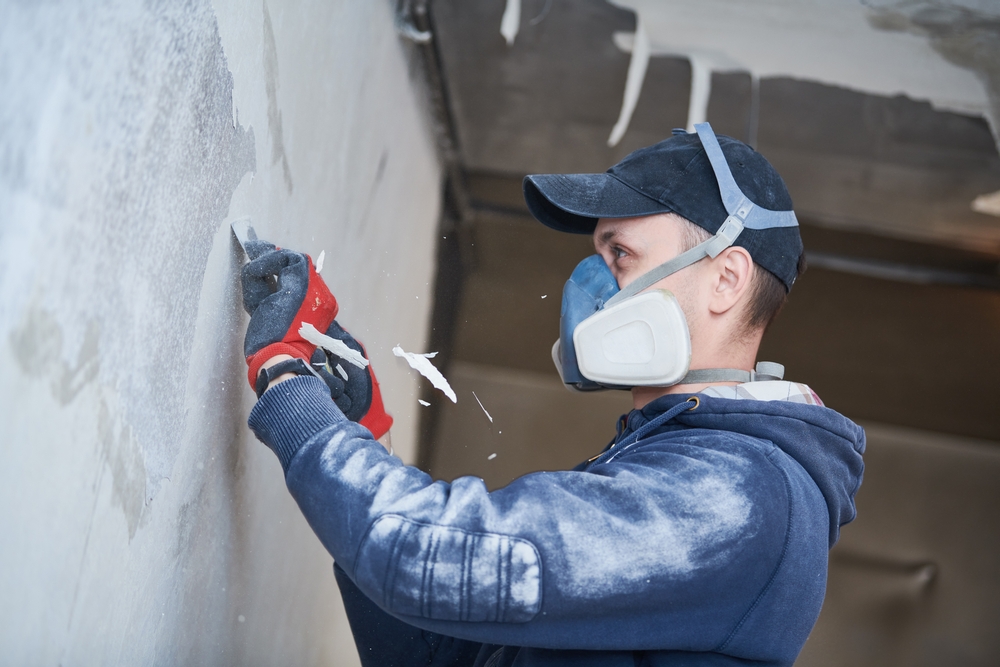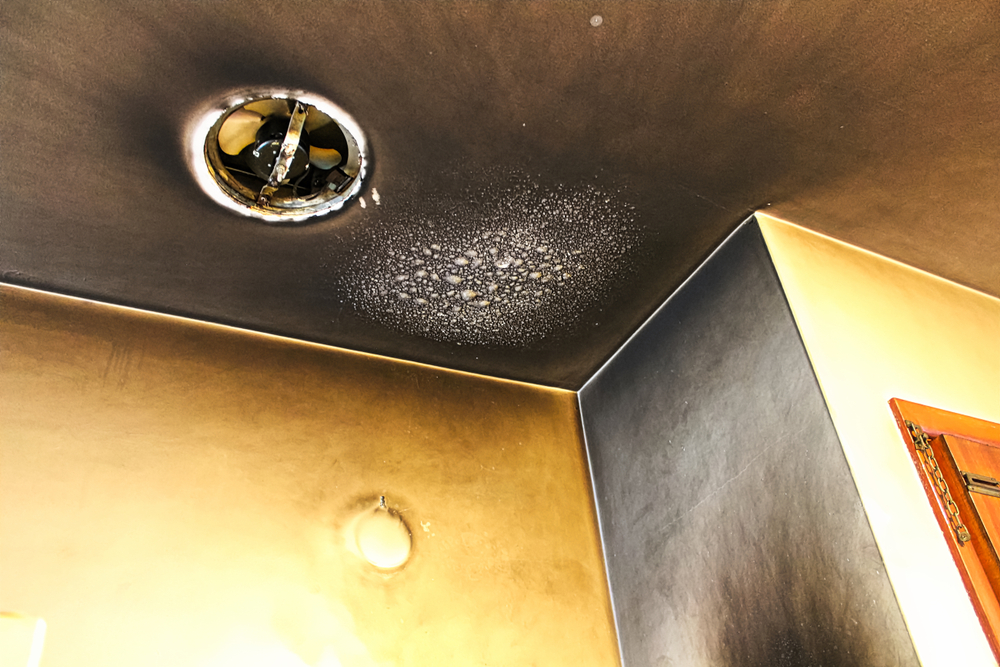Imagine a little flame that, left unchecked right away, may swiftly become a dangerous fire. Like little heroes in our homes and businesses, fire extinguishers are ready to respond before a minor fire becomes a huge disaster. We go over in this essay the reasons fire extinguishers are so crucial in preventing major fire damage, their operation, and correct use and maintenance techniques. Whether you run a small business, rent, own a house, or manage a facility, this blog will assist you to grasp the value of fire extinguishers and maintain your safety.
Introduction
Unexpected fires can strike anyone, and if not quickly under control even a minor fire can do significant damage. Many big fires start with a small spark neglected right away. First line of protection is a fire extinguisher. Small fires can be extinguished, their spread stopped, and significant property damage and injury avoided.
The value of fire extinguishers, the several varieties accessible, and useful advice on safe use will be discussed in this piece. By the end, you will understand how fire extinguishers assist to safeguard your life and property, so increasing your confidence in managing fire crises.

Understanding Fire and Fire Extinguishers
A. The Fire Triangle and Tetrahedron
Three basic components—fuel, oxygen, and heat—must be present if a fire is to ignite. One knows this idea as the fire triangle. Some analysts also mention a chemical process creating the fire tetrahedron. Fire extinguishers act by eliminating one or more of these components.
B. Fire Classes
Different fires are classified according on what is burning:
- Class A: Common building materials including cloth, paper, and wood.
- Class B: Paint, oil, or gasoline—flammable liquids.
- Class C: Electrical fires.
- Class D: Metals with combustion capacity.
- Class K (or F): Fires involving cooking oils and fats usually in kitchens.
Every class calls for a certain kind of extinguisher that must be handled carefully.
C. Types of Fire Extinguishers
Various fire types are intended for different kinds of extinguishers:
- Water Extinguishers: Best for Class A fires, water extinguishers cool a fire.
- Foam Extinguishers: foam extinguishers cool the fire and form a barrier to prevent oxygen access.
- Dry Chemical Extinguishers: Class A, B, and C fires; they stop the chemical reaction of the fire. Dry chemical extinguishers are
- CO₂ Extinguishers: fires and electrical fires (Class C), CO₂ extinguishers eliminate oxygen without creating mess.
- Wet Chemical Extinguishers: especially in kitchens to handle grease fires—wet chemicals extinguishers are.
D. Matching the Extinguisher to the Fire
Using the right extinguisher is absolutely vital. For instance, water can create shocks so it should never be used on electrical fires. To be sure the extinguisher corresponds with the possible type of fire, always read its label.
The Importance of Timely Intervention
A. Early Fire Detection
Acting as early warning devices, smoke detectors notify you to a fire before it becomes deadly. Early discovery allows you time to get a fire extinguisher and respond fast.
B. The Critical First Few Minutes
One little fire can spread quickly. The early minutes are crucial. Having a fire extinguisher close-by lets you quickly handle the problem by halting the flames before it spreads.
C. Preventing Escalation and Minimizing Damage
Using a fire extinguisher quickly can help to stop a little fire from spreading into a major one, therefore saving property and maybe lives. Early action might even help to prevent injuries, lessens damage, and lowers restoration expenses.

How to Use a Fire Extinguisher (PASS Method)
Remember the PASS technique and it’s easy to use a fire extinguisher:
A. P.A.S.S. Method Explained
- P – Pull the Pin: Pull the pin to remove the safety pin stopping accidental release.
- A – Aim Low: Point the nozzle where the fuel supply is at the base of the fire.
- S – Squeeze the Lever: Squeeze the lever by gently and equally releasing the extinguishing agents from the handle.
- S – Sweep the Nozzle: From side to side, sweep the nozzle until the fire is extinguished.
B. Practical Tips
- Maintain a Safe Distance: Maintain some distance from the flames, few feet.
- Know Your Escape Route: Always consider an exit route.
- Avoid Fighting Large Fires: Should the fire spread or you feel dangerous, flee right away.
- When to Evacuate: Should the fire be too large, evacuate the area and ask for assistance.
Many local fire departments provide visual aids and training; a basic infographic displaying the PASS procedures might be quite useful.
Fire Extinguisher Maintenance and Inspection
Regular maintenance is crucial if a fire extinguisher is to operate as needed.
A. Regular Inspections
Monthly inspect your fire extinguisher. Look for evidence of leaks, rust, or damage; also, make sure the pressure gauge is in the green. Moreover advised are annual professional examinations.
B. Maintenance Checklist
- Pressure Gauge: Verify the needle of the pressure gauge is in the green zone.
- Physical Condition: Look for damage, rust, or dents.
- Safety Pin: Check the safety pin to be whole.
- Expiration Date: Make sure the extinguisher is still within its useable range of expiration.
C. Professional Servicing and Proper Placement
Should you find any problems, schedule professional servicing calls. Also, keep your extinguisher in easily reachable areas—along corridors, near exits, in high-risk areas like kitchens. Make sure nothing blocks its availability.
Fire Extinguisher Training and Education
A. Importance of Training
Using a fire extinguisher correctly might literally save lives. Practical instruction guarantees everyone knows what to do in an emergency and helps to boost confidence.
B. Where to Get Training
Fire extinguisher instruction is available from local fire departments, safety organizations, and internet resources. Search your neighborhood for workshops teaching the PASS approach and other safety precautions.
C. Developing a Fire Safety Plan
One should incorporate in a fire safety plan:
- Emergency Evacuation Routes: Explicit, practiced exits.
- Designated Meeting Points: A secure area outside where everyone gathers.
- Regular Drills: Frequent drills help everyone to be ready by means of fire exercises.

Common Misconceptions and FAQs
A few false ideas regarding fire extinguishers need debunking:
-
Myth: “Smoke detectors cover enough ground for fire safety.”
Fact: Though they cannot halt fires, smoke detectors warn you. You still want a fire extinguisher. -
Myth: “Every fire extinguisher is exactly the same.”
Fact: Different flames call for different kinds of extinguishers; utilizing the wrong one could be fatal. -
Myth: “I can wait a long time to check my extinguisher.”
Fact: Correct operation depends on regular monthly checkups and annual professional inspections.
FAQs:
-
How often should I replace my extinguisher?
Replace or service your extinguisher in line with manufacturer recommendations or if it displays damage. -
Can I recharge my extinguisher after use?
Professionals can recharge various kinds; always follow manufacturer directions. -
Where should I place my extinguisher?
Put it in easily reachable locations close to high-risk zones and exits to guarantee nothing hinders the path.
Conclusion
Protecting your house, company, and loved ones from the terrible consequences of fire mostly depends on fire extinguishers. Stopping little fires before they become large events, they provide a first line of protection. Pull, aim, squeeze, and sweep—remember the PASS procedure. Key actions in guaranteeing your safety are routine maintenance, correct installation, and fire extinguisher training.
By following these steps, you not only reduces property loss but also gives piece of mind as you are ready to manage a fire crisis. Verify your fire extinguishers, make sure they are kept in good condition, and receive instruction on their use. Your local fire department is an excellent source of further information or answers for questions.
Philadelphia Restoration Services
https://www.google.com/maps?cid=3399342399556699153
+1 267 668 0013
https://philadelphiarestorationservices.com/

